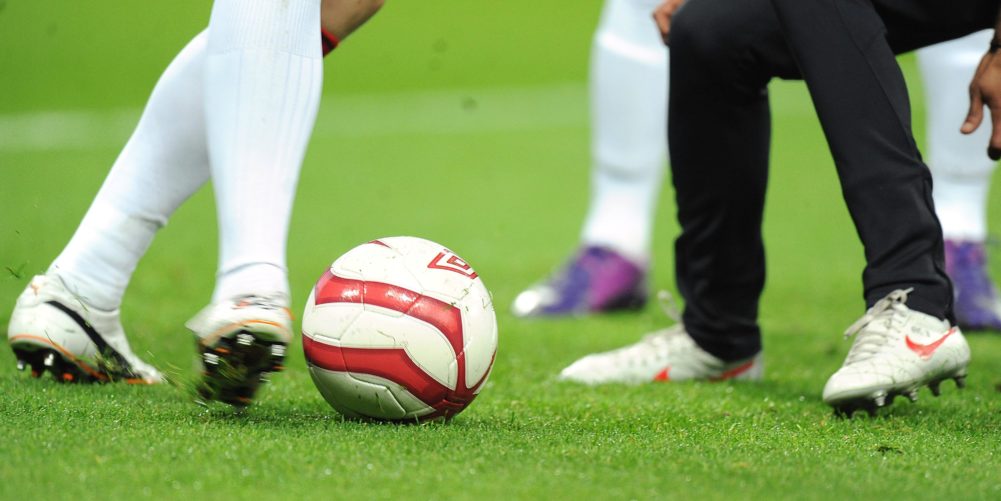Every goalkeeper, no matter their age, needs a good pair of gloves. But gloves for junior keepers, who are still learning the game at a tender age, tend to be a little different than full-fledged grown-up goalkeeping gloves.
This guide explores five ways junior goalie gloves differ from adult ones.
Smaller Sizes
We’ll begin with an obvious difference, but one worth noting all the same: sizes. Naturally, with junior keepers having smaller hands that are still growing, year after year, junior goalie gloves are smaller in size and have a much wider range of size options than adult ones.
There are mini gloves for the youngest little shot-stoppers (aged 4 or 5), for example, then slightly larger size increments for each age bracket, up into the teens.
It’s crucial to get the sizing right when you buy junior goalie gloves, as it has such a big impact on performance and safety. Gloves that are too loose could slide around on your hands or even fall off mid-game, while those that are too tight could cause serious discomfort for the young keeper in question.
Lower-Grade Latex
This isn’t always true, but more often than not, junior goalie gloves are fabricated with lower-grade, cheaper latex and foam components than their grown-up counterparts.
Why? The main reason is this: since younger goalies are still learning the game, they’re more prone to making mistakes that wear down their gloves quite quickly. They might push up off the ground with their palms, for example, which wears down the latex layers, or fail to clean their gloves between games.
Because of this, the average pair of junior goalie gloves won’t last as long as an adult pair. So, it makes sense to not use fancy, expensive, and specialised types of latex to make them. This is also one reason why junior gloves are often cheaper than ones for grown-ups (which leads us neatly to the next point).
Generally Cheaper
As touched on above, junior goalie gloves are usually cheaper than adult ones. You might be able to grab a good pair for your little keeper at a fraction of the cost you’d spend on a full-size adult equivalent set.
Again, this is mainly because cheaper, lower-grade materials are used in many brands of junior gloves. They cost less to make, ergo they cost less for the buyer, too.
However, that’s not to say that all kid goalie gloves are necessarily “cheap,” as there are still some very pricey pairs out there with top-of-the-line materials and sophisticated designs.
Focus on Safety and Protective Features
A lot of junior goalie gloves are made with safety as the top priority. That’s not the case for adult gloves, which are often tailored more towards performance and other aspects.
Again, this ties into what we talked about earlier on – younger goalies are still learning the game. They’re more likely to make mistakes, which could lead to nasty injuries like finger hyperextensions, fractures, or wrist sprains.
They’re also younger, smaller, and more fragile, in most cases. A badly timed dive, an aggressive push in the penalty box, or a simple fall could all be enough to injure them quite severely. Therefore, many of the finest junior goalie gloves have key security features like fingerspines to minimise the odds of injury.
Less Specialised
One of the things you might notice when you switch from looking at junior goalie gloves to adult ones is that there are suddenly way more options to pick from in the grown-up range.
Adults can buy all sorts of gloves. There are countless cut types, performance latex, latex grades, and myriad features, like wet weather designs to deal with slick, slippery situations or fancy padded backhands for more powerful punching clearances.
In the kids’ selection, there are still options, but not as many. Kids gloves are less specialised, overall, with manufacturers focused more on comfort, safety, and all-round utility, rather than specific features or scenarios.
Choose the Right Gloves for Your Young Keeper
Now you know the major differences between junior and adult gloves. But no matter what size gloves you’re buying, the same rules always apply – always buy gloves that are the correct size, that feel right, and provide the levels of safety, comfort, and grip a junior goalie needs to have the best time on the pitch.



















